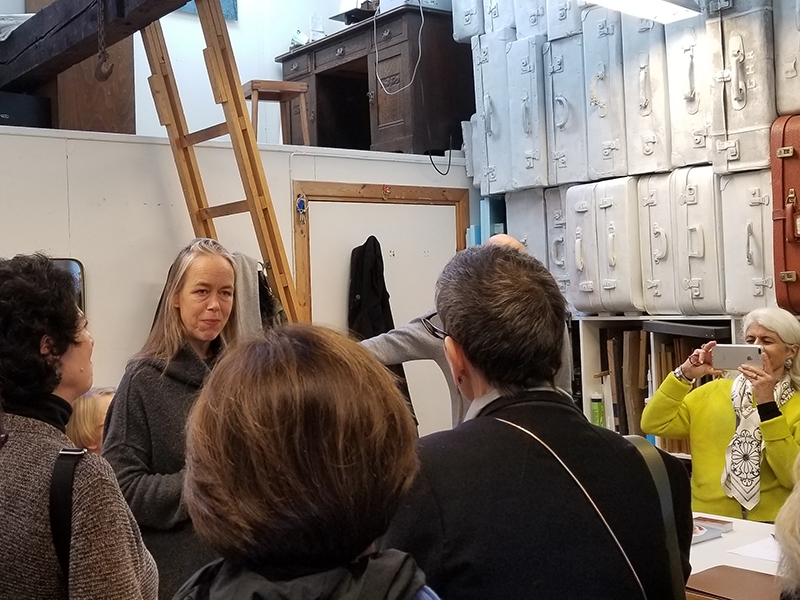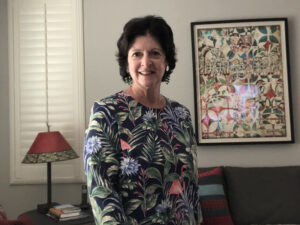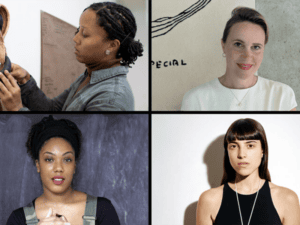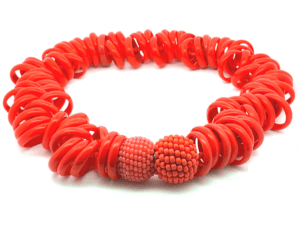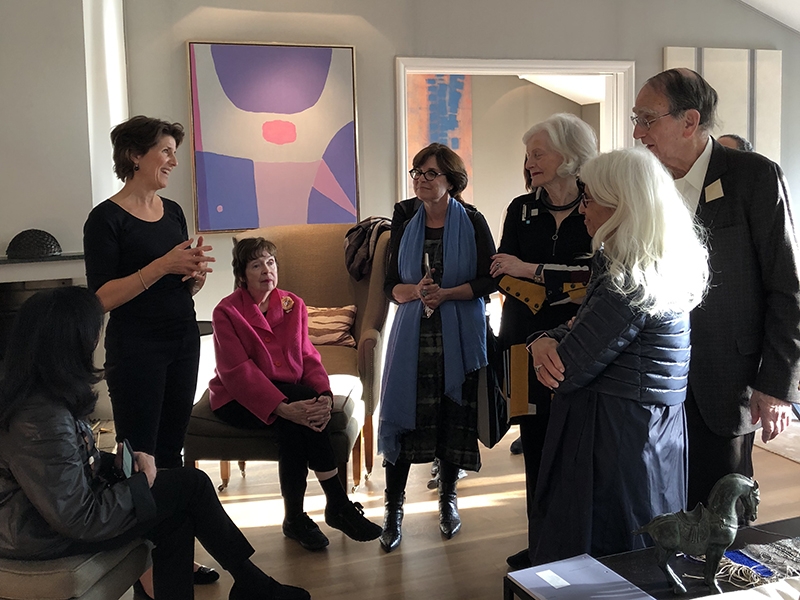
Copenhagen, September 25–27
The base for our trip was the Skt. Petri Hotel, located in the heart of the Latin Quarter, from which we ventured to visit three jewelry galleries: Goldfinger’s Gallery, Kim Buck’s The Most Secret Gallery, Galleri Montan. We also saw six group exhibitions featuring the work of 20 Danish jewelry artists.
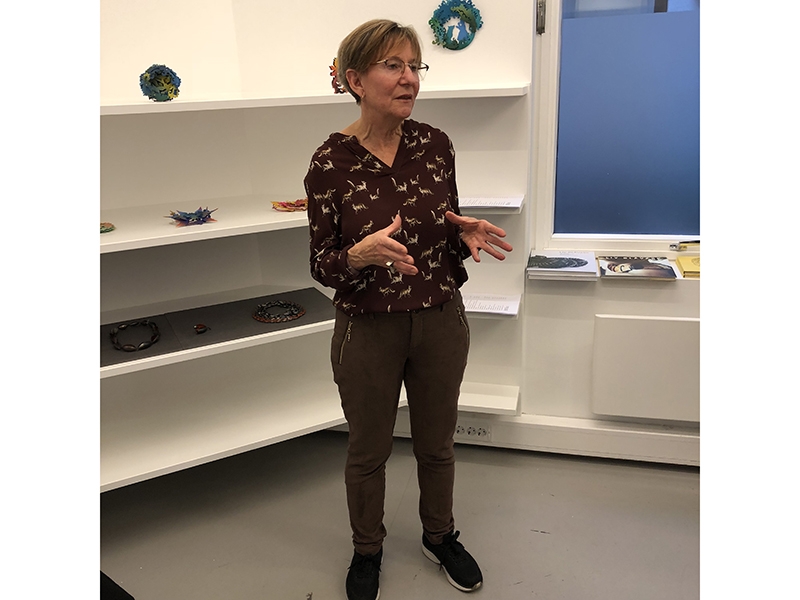
But it wasn’t all jewelry—how can one go to Copenhagen without checking out other aspects of Danish design? The A. Petersen showroom, with its silversmith, furniture, and upholstery workshops, provided us with Danish tapas for lunch. Etage Projects, another art and design gallery, gave us a glimpse of the edgier side of Danish design. A rainy day didn’t stop us from enjoying a guided canal tour, with lunch aboard, to see the architectural sites. This was followed by a symposium about collecting contemporary jewelry at the Design Museum of Denmark, featuring Susan Beech in conversation with Rebekah Frank and anthropologist and associate professor Inger Sjørsler. Johanna Lassenev spoke about the Danish Art Foundation’s Jewelry Box initiative. Through this unique program, started in 2007, someone taking part in an official event can borrow a piece of jewelry from the museum, enabling works to be exposed and enjoyed. The museum program ended with a curator-led tour of several exhibitions.
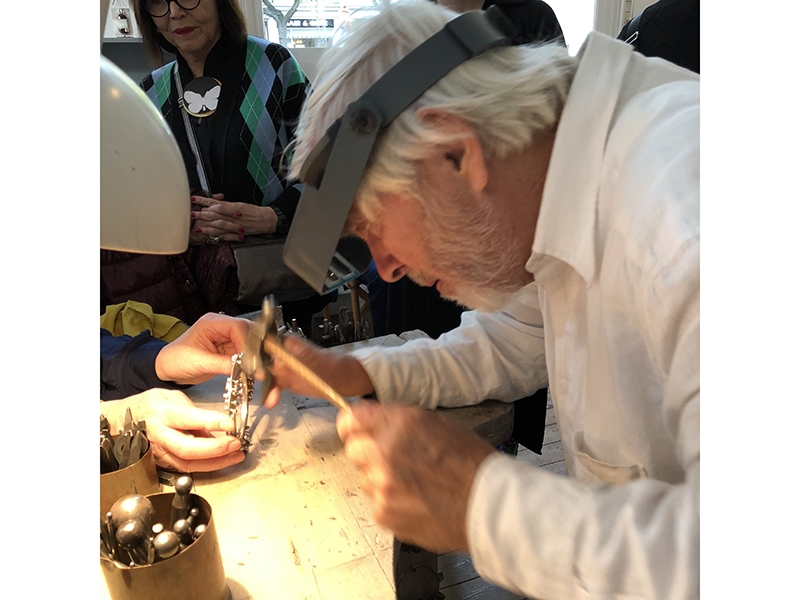
On our last day in Copenhagen we traveled 25 miles north of the city to visit the Louisiana Museum of Modern Art, where we had an opportunity to see a wonderful exhibit celebrating the 50th anniversary of the first manned moon landing, The Moon from Inner Worlds to Outer Space, which explored the moon as it’s represented in art, film, and literature, and through historical objects. Highlights of the trip were a visit to the homes of Marie-Louise Kirstensen and Annette Dam, where each also has a studio, as well as to the studio of Peder Musse. Our trip to Copenhagen ended with a reception at the Danish Art Workshops (DAW), an institution under the Danish Ministry of Culture whose purpose is to provide working facilities for particularly complex artworks. At DAW, among other things, we saw a large art exhibit that was under construction and learned about the massive equipment used for textile design printing.
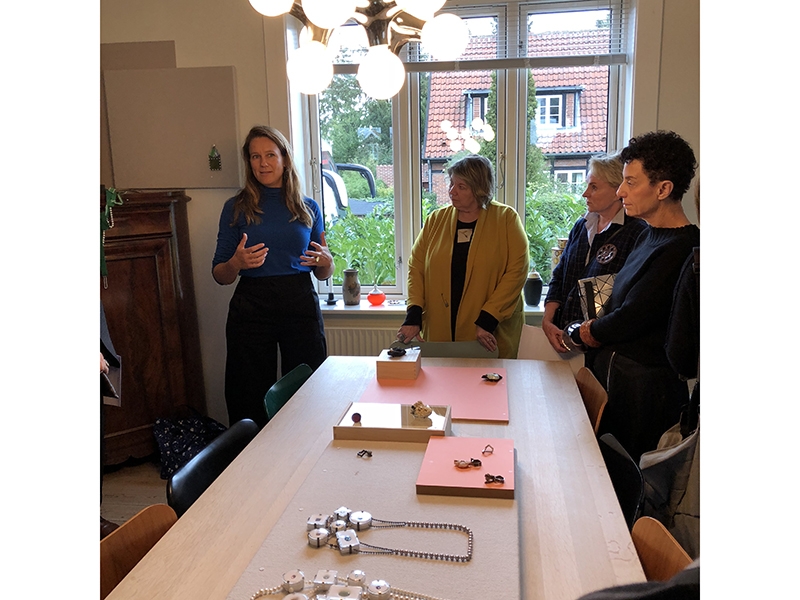
But the opportunity to visit the artists who so graciously welcomed us to their country and shared their work with us was most rewarding. Special thanks go to Marie-Louise Kirstensen and Annette Dam, of Art Jewelry Copenhagen, who worked tirelessly to arrange the Copenhagen portion of our trip; they did an incredible job of introducing us to the breadth of art jewelry in Denmark.
Friday was a free day, with people given the option of remaining either in Copenhagen to catch sites of interest that we had missed seeing, or going on to get a head start on the sites in Oslo.
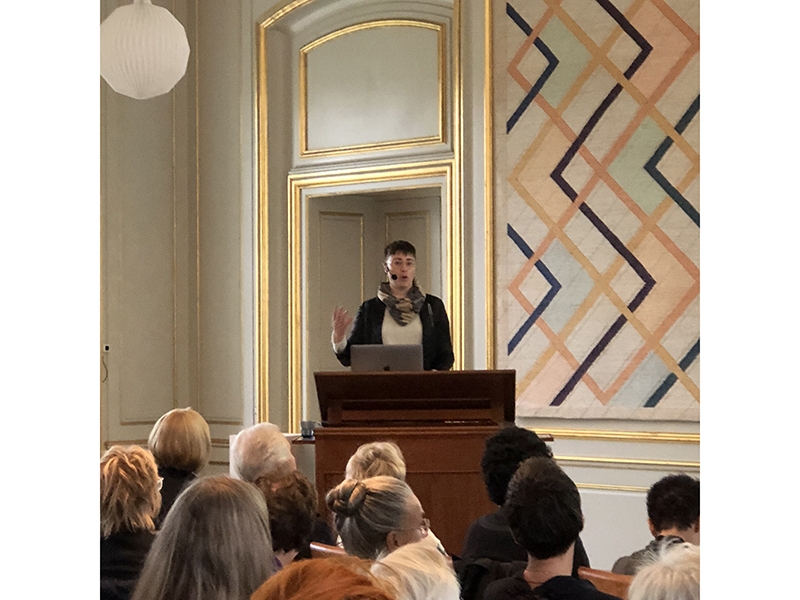
Oslo, September 29–October 1
Hotel Continental, in the heart of Oslo and just across the street from the National Theater, was our home away from home in Norway.
Day 1 was spent further afield. We began with a visit to Millie Behren’s studio in Heggedal, about 20 minutes from the city center, where Ingjerd Hanevold and Aase Marit Thorbjørnstrud joined Millie to show their work. Following the studio visit, we returned to Oslo city center for a stop at the Astrup Fearnley to see exhibits by Fredrik Vaerslev and Jeff Koons. Back in the bus and we were off to Fredrikstad, located an hour and a quarter from Oslo.
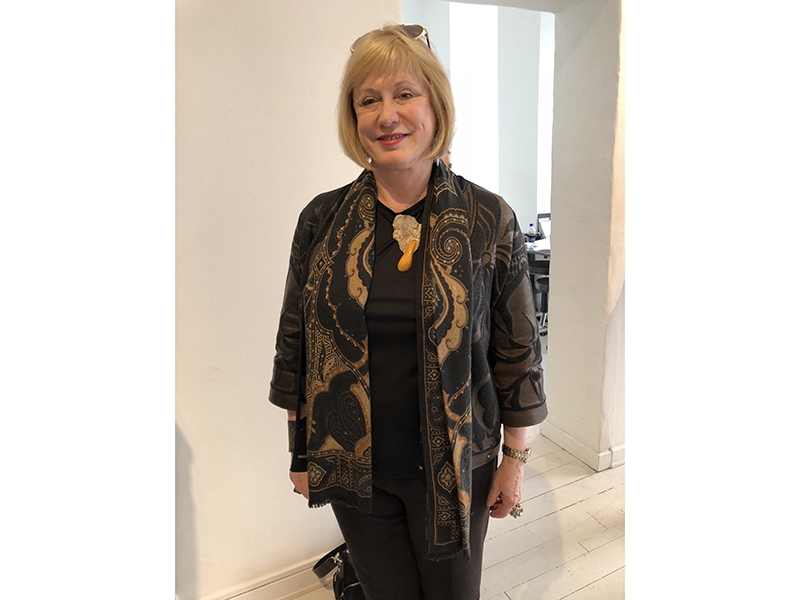
After lunch at the Østfold Café (those who ordered the herring for lunch there left with big smiles on their faces), we headed to the Norwegian Arts and Craft Exhibition. The Norwegian Arts and Craft Exhibition is one of the most important exhibits of contemporary craft in Norway; established in 1975 by the Norwegian Association for Arts and Crafts, it’s a comprehensive juried open competition. But as luck would have it, when we arrived at the exhibition hall the doors were locked while presentations were being made. With some time to kill, our superb bus driver improvised and took us to Old Town Fredrikstad, just a few blocks away. The old town, on the east bank of the Glomma River, is Northern Europe’s best-preserved fortified town and was a charming diversion. After touring the metalwork, textiles, glass, and jewelry in the Arts and Craft Exhibition, we returned to Oslo for beautiful views of the water and a lovely dinner at Tjuvholmen Sjornagasin to end our day.

Over the next two days we visited the Munch Museum to view an excellent exhibit entitled Moonrise. Curated by Marlene Dumas, one of the most influential painters in contemporary art, the exhibit showed work by Dumas and Munch in dialogue. We then visited four studios: the studio of Nana Melland, an AJF ambassador; the shared studio of Sigurd Bronger and Anne Leger; and the studios of Camilla Luihn and Anna Talbot. We also visited three galleries: Ram Galleri was exhibiting a show curated by Camilla and Anna; Galleri Riis had paintings, sculpture, stained glass, and videos by Christine Ödlund; Galleri Format was especially exciting as we had a chance to meet Liv Blåvarp, see her work, and hear her give a presentation.
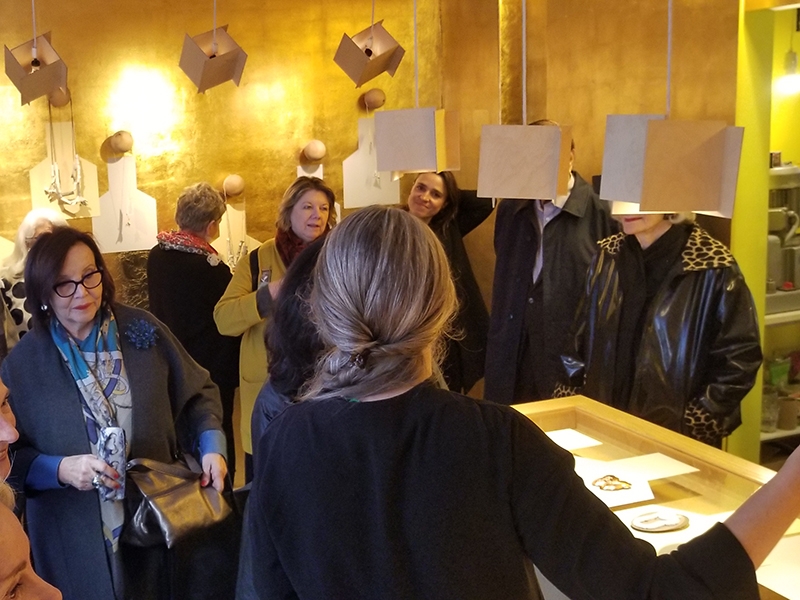
A highlight of the trip was meeting iconic Norwegian jeweler Tone Vigeland, who led a tour of her work, on exhibit at the Dronning Sonja Kunsthall (Queen Sonja Art Stable). The Queen Sonja Art Stable is located in the former royal stables; the space was converted into an art and culture space and was presented as a gift to Queen Sonja by the king and opened in 2017. This exhibit was a collaboration with Die Neue Sammlung, the Design Museum in Munich, which showed parts of the exhibit there in 2017.

Later that day we visited the unique—to say the least—Vigeland Sculpture Park, the world’s largest sculpture park made by a single artist, Gustav Vigeland, the older brother of Tone Vigeland’s grandfather. We later dined at Frognerseteren Restaurant, which served traditional Norwegian cuisine, after traveling up a corkscrew road to enjoy spectacular views from atop the mountain.
Another highlight was visiting the home of Cecilie Malm Brundtland, founder of Brundtland and Krosby art advisory services, collector of Tone Vigeland’s work, and author of the book Tone Vigeland Jewellery and Sculpture.
We finished our trip to Oslo by attending a reception at Galleri Kunstnerforbundet, the country’s oldest artist-established gallery, opened in 1910, today with 150 artist-shareholders. That was followed by dinner at TheaterCafe.
